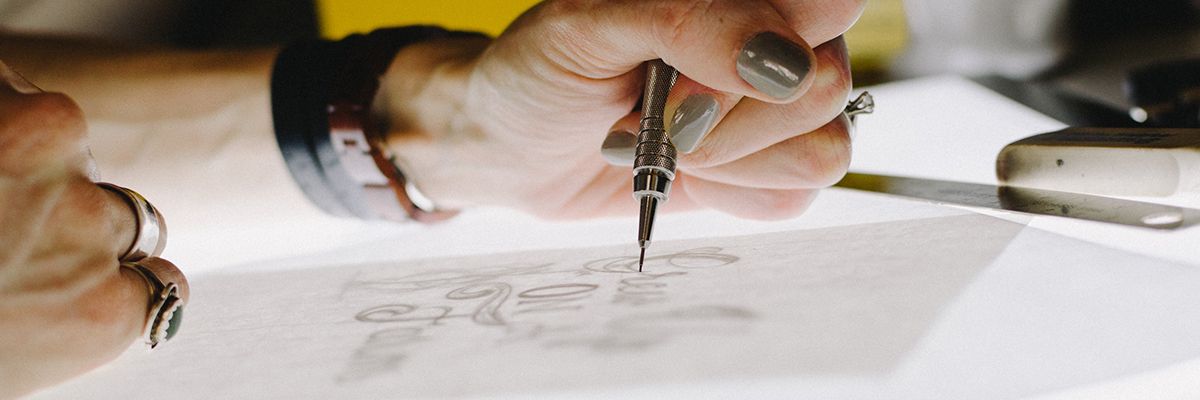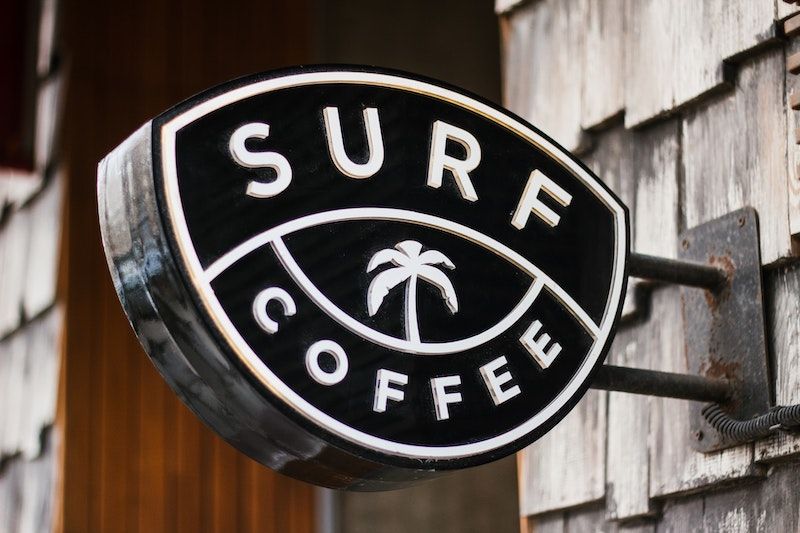Building a website for your business is an essential step toward establishing an online presence for your business. And, luckily, you don’t have to pay an arm and a leg to get your website professionally designed.
With Websites 360®, building a DIY website is easy enough for anyone, even small business owners who have little to no experience with web design.
Before you start building your own website, there are a number of steps you should take. These steps include identifying the goal of your website, identifying your target audience and figuring out your budget, just to name a few. But one of the most important steps is designing the right logo for your business.
Your logo says a lot about your brand, and it will eventually be the most recognizable aspect of your business. Consequently, it should also be on every page of your website, which is why it’s important to design the right logo for your business before you start building your site.






